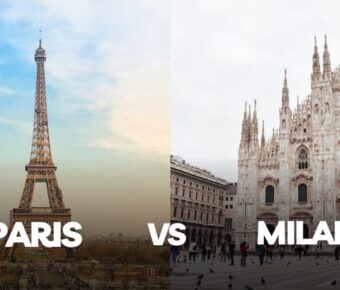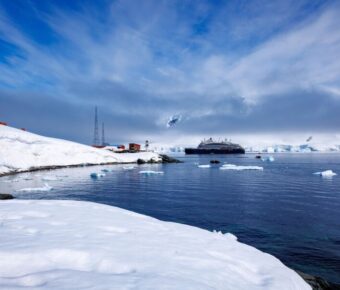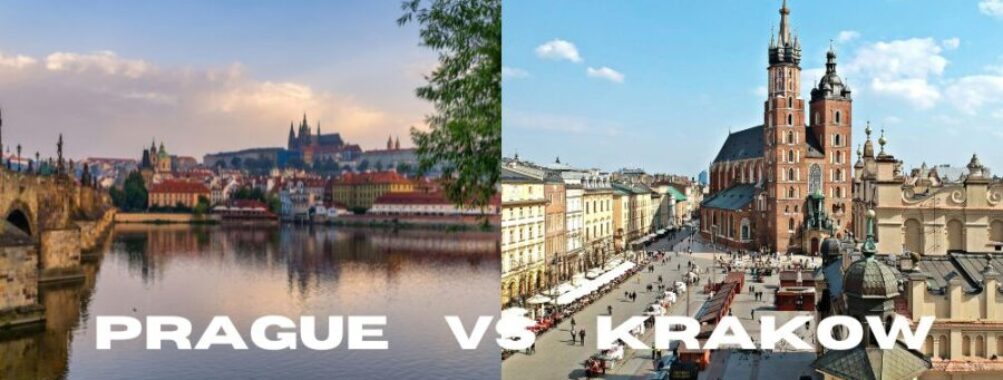
Prague vs Krakow: Which Historic Eastern European City Offers the Better Travel Experience in 2025?
Prague and Krakow stand as two of Central Europe’s most captivating cities, each with its own unique blend of history, culture, and modern charm. Krakow offers better value for money, more authentic local experiences, and fewer tourist crowds compared to Prague, making it an ideal choice for travelers seeking a more genuine Central European experience.
Both cities shine with medieval architecture and rich cultural heritage, yet they feel quite different. Prague dazzles with its grand Gothic spires and bustling atmosphere as one of Europe‘s most visited destinations. Krakow maintains a more laid-back vibe, with its well-preserved Old Town showing off centuries of Polish history through cobblestone streets and ancient stone walls.
The cities serve up distinct flavors of Central European life. Prague sits at Europe’s crossroads with excellent rail connections and a more Western feel, while Krakow holds onto its Eastern European soul with traditional markets and local customs still going strong in daily life.
Table of Contents
- Geographical Overview and Accessibility
- Historical Significance and Landmarks
- Cultural Attractions and Events
- Nightlife and Entertainment Options
- Food and Dining Experiences
- Accommodation and Budget Options
- Comparison of Cost of Living and Expenses
- Adventure and Outdoor Activities
- Unique Insights and Hidden Gems
- Frequently Asked Questions
- What are the differences in cost of living between Prague and Krakow for a traveler?
- Which city offers a more affordable travel experience, Prague or Krakow, and what are the key price differences?
- How do the Christmas markets in Prague compare to those in Krakow in terms of size, variety, and atmosphere?
- Can you highlight the unique features that differentiate Krakow’s historic appeal from Prague’s?
- What should visitors expect when taking the train from Prague to Krakow in terms of scenery and travel duration?
- When choosing between a visit to Prague or Krakow, which city offers a more enriching cultural and historical experience?
- Book Your Dream Experience
- More Travel Guides
Geographical Overview and Accessibility
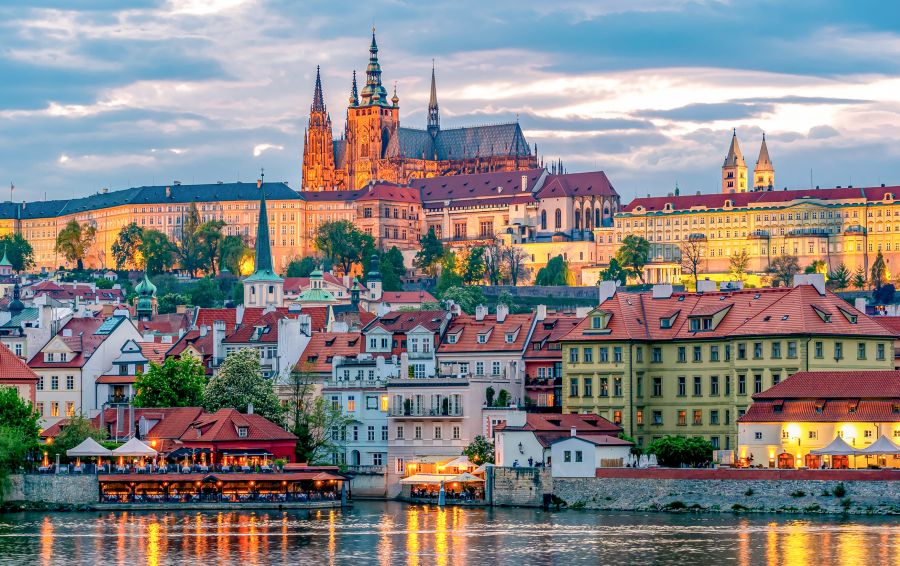
Prague takes up more space than Krakow, covering 496 square kilometers compared to Krakow’s 326 square kilometers. Both cities sit in prime spots in Central Europe, making them perfect for city breaks.
Prague sprawls across seven hills along the Vltava River in the Czech Republic. The river splits the city into distinct areas, with the famous Charles Bridge connecting the two sides.
Krakow rests in southern Poland, built around the historic market square. Its compact size makes it easy to explore on foot, with most attractions within walking distance of the center.
Both cities have excellent transportation options. Their modern tram networks and bus systems run throughout the day and night. Metro lines in Prague add an extra layer of convenience.
Getting to either city is simple. Both have international airports with regular flights from major European cities. Train connections link them to other popular destinations like Vienna, Budapest, and Berlin.
The flat terrain in both cities makes walking and cycling popular choices. Most tourist spots cluster in the central districts, perfect for exploring without needing transport.
Prague’s larger size means some attractions sit further apart. Krakow’s smaller footprint puts most sights within a 20-minute walk of the main square.
Historical Significance and Landmarks
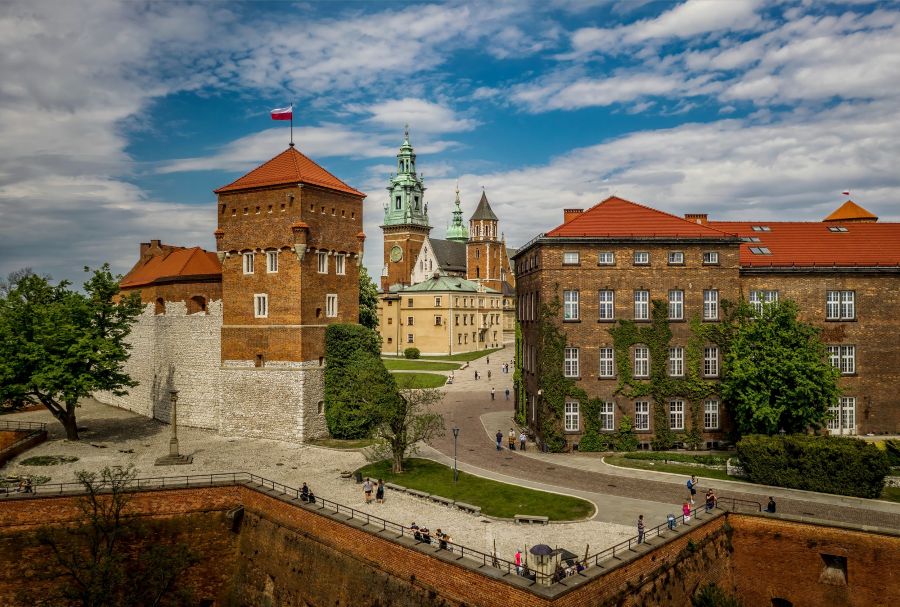
Prague and Krakow stand as remarkable examples of preserved European history. Both cities managed to escape major destruction during World War II, keeping their historical centers nearly intact.
Prague Castle dominates the city’s skyline as the largest ancient castle complex worldwide. The castle grounds include the stunning St. Vitus Cathedral, showcasing Gothic architecture at its finest.
The UNESCO-listed Historic Centre of Prague features the magnificent walking tours through Old Town Square. The famous Astronomical Clock draws crowds every hour with its medieval mechanical display.
Krakow’s crown jewel, Wawel Castle, sits majestically on a hill overlooking the Vistula River. Its mix of Gothic and Renaissance architecture tells the story of Poland’s royal past.
The Jewish Quarter of Kazimierz contains some of Europe’s most significant Jewish heritage sites. Its narrow streets and historic synagogues paint a picture of pre-war Jewish life.
Rynek Główny, Europe’s largest medieval market square, serves as Krakow’s beating heart. The square’s stunning architecture includes the Cloth Hall and St. Mary’s Basilica.
Prague’s Charles Bridge connects the Old Town with Lesser Town. Medieval statues line this pedestrian bridge, making it a symbol of Czech history.
Both cities serve as gateways to understanding Central European history. Krakow provides access to Auschwitz, while Prague preserves the legacy of Bohemian kings.
Cultural Attractions and Events

Prague and Krakow shine with rich cultural scenes that captivate visitors year-round. Both cities host amazing Christmas markets in their historic squares during winter, filling the air with holiday magic and traditional treats.
Prague’s art scene features stunning Art Nouveau architecture throughout the city. The city comes alive with music performances in grand concert halls and cozy jazz clubs. Theatre lovers can catch world-class shows at the National Theatre and various smaller venues.
Krakow’s cultural calendar bursts with festivals celebrating film, music, and literature. The Jewish Quarter hosts vibrant cultural events that honor the city’s heritage, while summer brings outdoor concerts to Market Square.
Both cities take pride in their drinking cultures. Prague’s legendary Czech beer flows freely in traditional beer halls and modern craft breweries. Krakow matches this with its unique vodka traditions and cozy cellar bars.
The cities offer fascinating day trips too. From Krakow, visitors can reach the sobering Auschwitz-Birkenau memorial site or explore the amazing Wieliczka Salt Mine with its underground chambers. Nature lovers can plan excursions to the nearby Tatra Mountains.
Prague’s entertainment options range from classical concerts in baroque churches to modern nightclubs. Street performers entertain crowds in the Old Town, while fun activities and tours let visitors experience local culture firsthand.
Nightlife and Entertainment Options
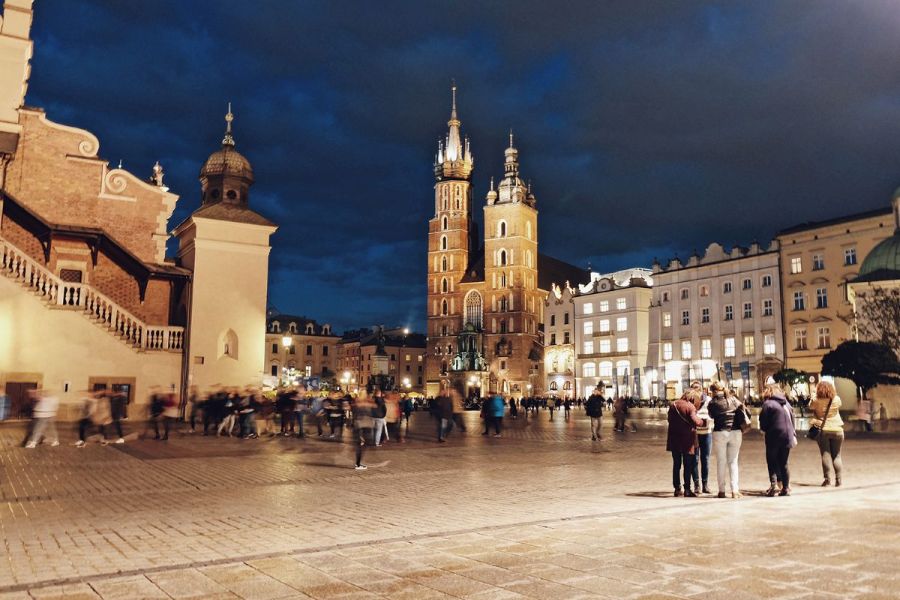
Prague and Krakow both shine when the sun goes down. Each city has its own special mix of bars, clubs, and late-night spots that make them great places to have fun after dark.
Prague’s nightlife spreads across many neighborhoods. The beer gardens offer a perfect spot to drink amazing Czech beer under the stars. You’ll find fun spots all over – from Old Town’s bustling streets to the trendy Vinohrady area.
Krakow packs most of its nightlife into a smaller space, making it super easy to walk between venues. The Kazimierz district stands out with its mix of old-school bars and modern clubs in former Jewish quarter buildings.
Both cities attract lots of students, which adds energy to the party scene. The drinks cost less in Krakow, where vodka is king. Prague focuses more on its world-famous beer culture.
Popular nightlife spots in both cities:
- Prague: Beer gardens, Old Town clubs, Wenceslas Square bars
- Krakow: Kazimierz district pubs, Market Square clubs, Underground cellar bars
The cities offer different vibes at night. Prague feels more spread out and tourist-focused, while Krakow has a more compact, local feel. Both places keep the party going until early morning hours.
Transport is easy in both cities at night. Trams and night buses run regularly, though Krakow’s smaller size means you can often walk between venues.
Food and Dining Experiences
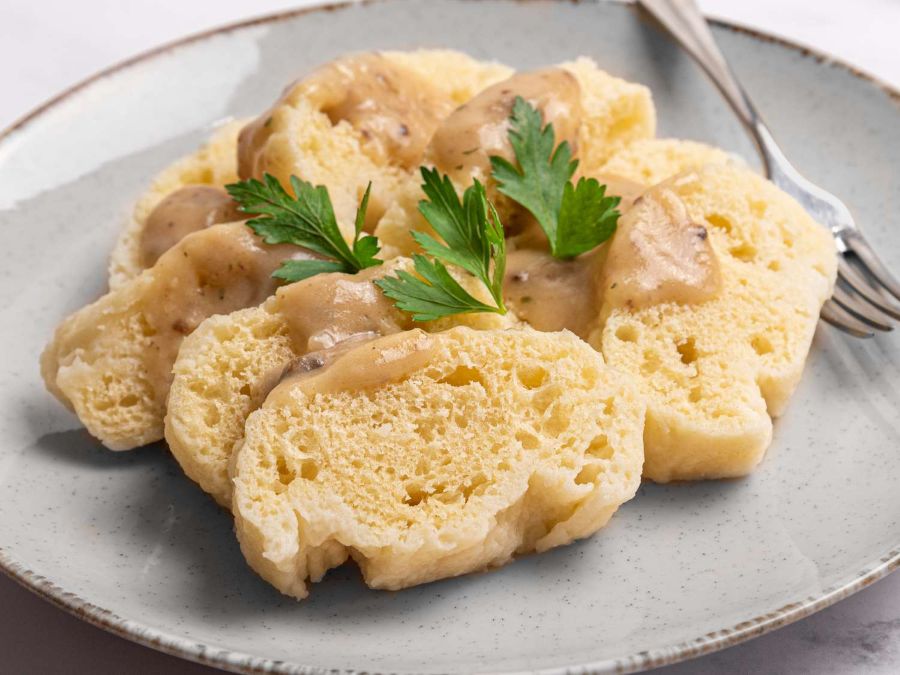
Both Prague and Krakow offer incredible food scenes that celebrate traditional Eastern European flavors. Prague’s hearty Czech cuisine features tender meats, rich gravies, and filling dumplings called knedlíky.
Polish food in Krakow brings comfort and warmth with its famous pierogi dumplings filled with potato, cheese, meat, or sauerkraut. The city’s milk bars (bar mleczny) serve affordable traditional dishes that locals love.
Prague’s beer halls pair perfectly with classic dishes like svíčková (marinated beef sirloin) and guláš (goulash). The city’s modern restaurants also create exciting twists on Czech favorites.
Street food thrives in both cities. Krakow’s zapiekanka (toasted baguettes with mushrooms and cheese) make perfect quick bites. Prague’s trdelník (sweet pastry) and hot sausages satisfy hungry wanderers.
Key Local Dishes to Try:
- Prague: Svíčková, Guláš, Vepřo-knedlo-zelo
- Krakow: Pierogi, Żurek soup, Bigos stew
Restaurant prices tend to be lower in Krakow compared to Prague. A typical meal in Krakow costs 30-40% less than similar quality food in Prague’s tourist areas.
Both cities have embraced international cuisine too. You’ll find everything from Italian to Vietnamese restaurants alongside traditional Slavic cooking.
Accommodation and Budget Options

Both cities offer places to stay that fit different budgets. Prague tends to have slightly higher prices than Krakow, especially in popular areas like Old Town Square.
Book your perfect stay in Prague’s luxury hotels starting at $200-300 per night. Mid-range hotels cost $80-150, while budget hotels run $40-80 per night. Hostels provide the cheapest option at $15-25 for dorm beds.
Krakow’s prices make it a great choice for budget travelers. Luxury hotels cost about 20% less than Prague, with rates around $180-250 per night. Mid-range spots go for $60-120, and basic hotels start at $35.
The best areas to stay in Prague include Old Town and Malá Strana. These spots put you close to attractions but come with higher prices. Staying in neighborhoods like Vinohrady or Žižkov saves money while still being convenient.
Krakow’s Old Town (Stare Miasto) offers charming hotels near the main square. The nearby Kazimierz district provides more affordable options with plenty of character.
Both cities have many apartment rentals perfect for families or longer stays. These often give you more space and a kitchen to cook meals, helping cut costs.
Money-saving tip: Book accommodations at least 2-3 months ahead for the best deals, especially during peak summer season.
Comparison of Cost of Living and Expenses
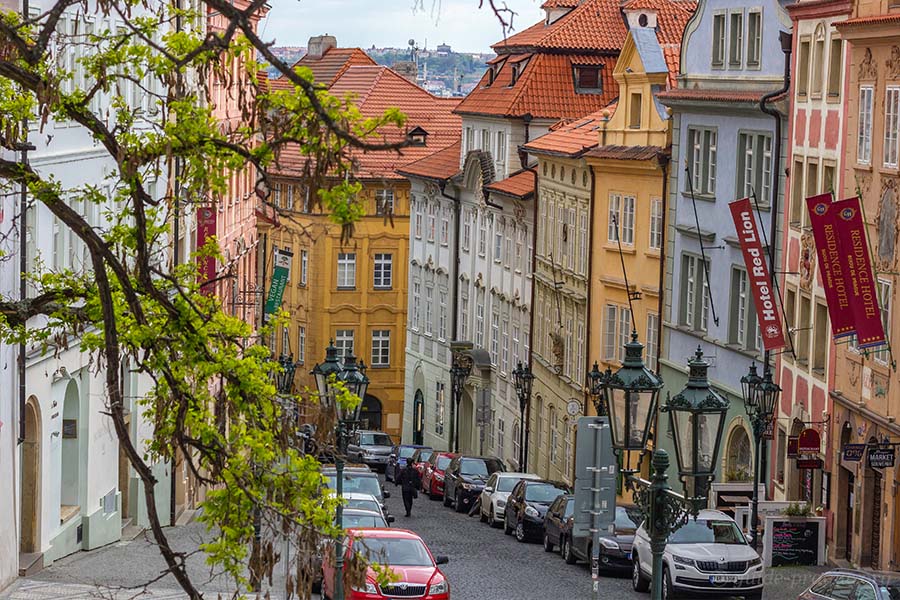
Living costs in Prague tend to be about 20% lower than in Krakow, making it an attractive option for budget-conscious travelers and expats.
A single person needs roughly 17,200 złoty (103,000 Czech koruna) in Prague to maintain the same lifestyle that would cost 15,000 złoty in Krakow. This includes basic expenses like rent, food, and transportation.
Housing and Accommodation
- Rent prices are competitive in both cities
- Utilities and internet costs remain similar
- Student housing options widely available
Daily Expenses
- Restaurant meals cost more in Prague
- Groceries are pricier in Prague
- Local transportation is more expensive in Prague
- Clothing costs stay about equal between cities
Many visitors find Prague’s higher costs balanced by its broader range of amenities and services. The city offers more diverse dining choices and entertainment venues compared to Krakow.
Street food and local markets provide budget-friendly options in both locations. Smart travelers can reduce costs by shopping at discount supermarkets and using public transport passes.
Both cities maintain excellent public transportation systems. Monthly passes help regular commuters save money on getting around, while walking remains free in these pedestrian-friendly destinations.
Adventure and Outdoor Activities
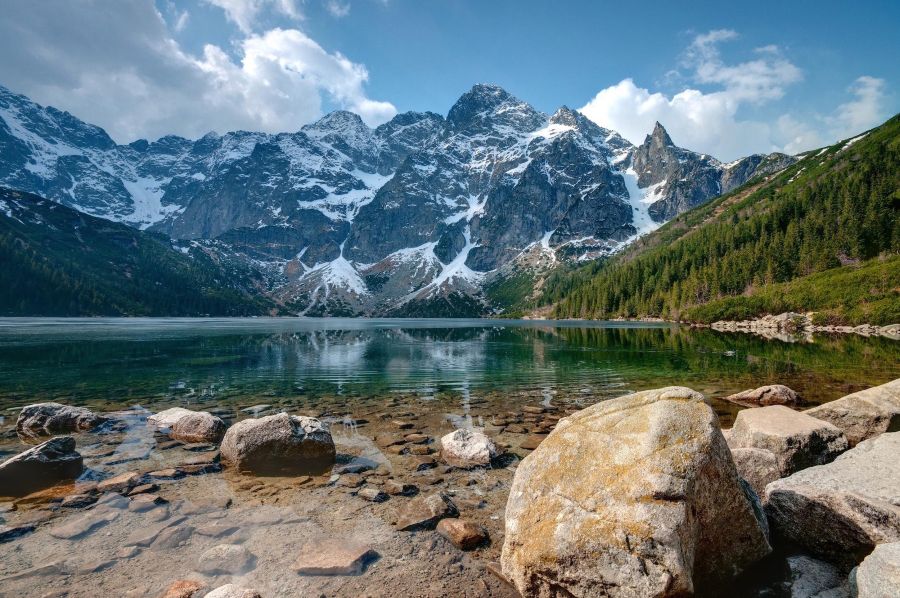
Prague and Krakow each offer unique outdoor experiences that change with the seasons. The Wieliczka Salt Mine near Krakow stands out as a must-visit underground adventure, with its stunning carved chambers and mysterious tunnels.
Nature lovers will find more hiking options near Krakow thanks to its proximity to the Tatra Mountains. These peaks provide excellent trails for both summer hiking and winter skiing, making Krakow a better choice for mountain enthusiasts.
Prague shines with its urban adventures. The city’s hills and parks create perfect spots for walking tours and casual hikes within city limits. Petrin Hill and Letna Park give visitors beautiful views while staying active.
Both cities excel at different times of year. Krakow’s mountain activities peak in summer and winter, while Prague’s parks and gardens are most enjoyable in spring and autumn when temperatures are mild.
Walking tour options in both cities:
- Historical district tours
- Ghost walks at night
- Food and market tours
- Street art explorations
- Castle area hikes
Prague gets more sunny days in autumn, which means better weather for outdoor activities. This extra sunshine makes it easier to plan outdoor excursions without worrying about rain.
The areas around both cities offer excellent day trips into nature. Krakow has an edge with its variety of natural attractions, from salt mines to mountain trails. Prague counters with scenic riverside paths and forest walks in nearby nature reserves.
Unique Insights and Hidden Gems
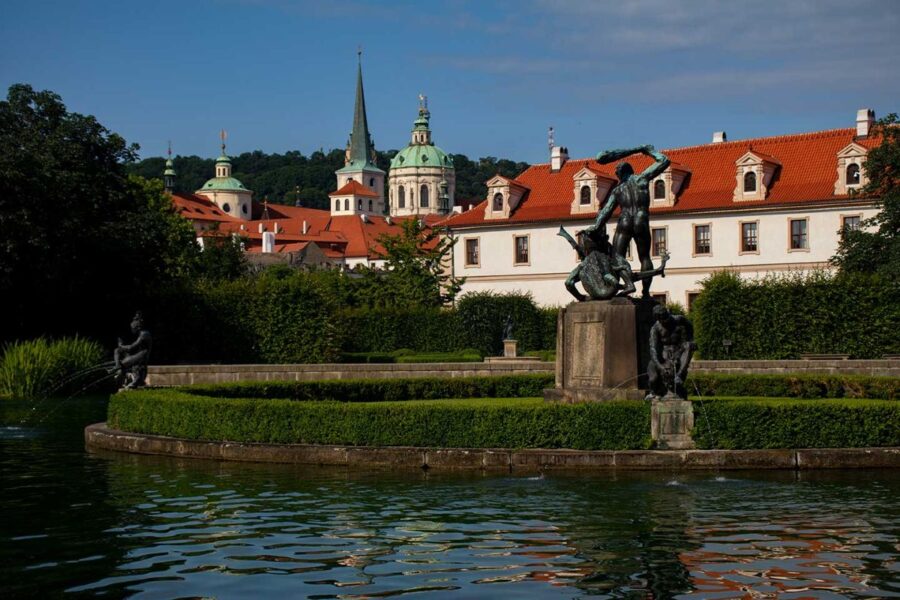
Prague and Krakow both hide treasures that many tourists miss. In Prague’s Vinohrady neighborhood, local wine bars and art galleries offer a peaceful escape from tourist crowds. The area’s tree-lined streets showcase beautiful Art Nouveau buildings where many expats have made their home.
Krakow’s Kazimierz district stands out as the city’s most fascinating hidden gem. This former Jewish Quarter mixes trendy cafes with historic synagogues, creating a unique atmosphere that feels worlds away from the Main Market Square.
Hidden spots worth exploring:
Prague:
- Vojanovy Sady – Prague’s oldest garden with peacocks roaming freely
- Nový Svět – A tiny street with colorful houses and artisan workshops
- The Klementinum Library – A stunning baroque library most visitors never see
Krakow:
- Tytano – An old tobacco factory turned creative space
- Camelot Café – A cozy spot in Old Town with medieval cellars
- Podgórze district – Full of street art and local hangouts
The best views come from unexpected places. Skip Prague’s crowded Astronomical Clock tower and head to the Letná Beer Garden instead. In Krakow, the free view from Kościuszko Mound beats any paid observation deck.
Lesser-known UNESCO sites deserve attention too. While Prague Castle gets all the glory, the nearby Vyšehrad fortress offers similar views with barely any tourists. Krakow’s Wieliczka Salt Mine gets busy, but the smaller Bochnia mine provides an equally impressive underground experience.
Frequently Asked Questions
Prague and Krakow draw millions of travelers each year with their stunning architecture, rich histories, and vibrant cultures. These cities offer unique experiences at different price points, making them both compelling choices for European adventures.
What are the differences in cost of living between Prague and Krakow for a traveler?
Krakow tends to be more budget-friendly for travelers, with lower prices for meals and accommodations. A typical restaurant meal in Krakow costs about 20-30% less than in Prague.
Local transportation in Krakow is cheaper, with tram and bus tickets priced lower than Prague’s public transit system.
Hotel rooms and vacation rentals in Krakow’s city center typically cost 15-25% less than similar options in Prague.
Which city offers a more affordable travel experience, Prague or Krakow, and what are the key price differences?
Both cities are reasonably priced compared to Western European destinations. Krakow offers better value for food, drinks, and accommodation.
Prague has higher costs for tourist attractions and guided tours. Museum entry fees in Prague often run 30-50% more than similar sites in Krakow.
Beer prices tell an interesting story – a pint in Krakow costs around $2-3, while Prague ranges from $3-5 in tourist areas.
How do the Christmas markets in Prague compare to those in Krakow in terms of size, variety, and atmosphere?
Prague’s main Christmas market in Old Town Square is larger and more commercial, featuring hundreds of stalls selling traditional crafts and food.
Krakow’s market in Rynek Glowny has a more intimate feel, with local vendors selling Polish specialties and handmade decorations.
Both markets sparkle with festive lights and feature live music, but Krakow’s tends to be less crowded and more authentic.
Can you highlight the unique features that differentiate Krakow’s historic appeal from Prague’s?
Krakow’s medieval core survived World War II largely intact, preserving its original Gothic and Renaissance architecture. The Wawel Castle complex showcases Polish royal heritage.
Prague’s skyline features more varied architectural styles, from Baroque churches to Art Nouveau buildings. The Charles Bridge and Prague Castle create an fairy-tale atmosphere.
What should visitors expect when taking the train from Prague to Krakow in terms of scenery and travel duration?
The train journey takes about 8 hours through beautiful countryside and small towns. The route passes through the Moravian region with rolling hills and forests.
Most trains offer comfortable seating and dining cars. The best views come when crossing the Czech-Polish border through the Carpathian foothills.
When choosing between a visit to Prague or Krakow, which city offers a more enriching cultural and historical experience?
Krakow excels in preserving Polish traditions and offers deeper insights into Eastern European Jewish heritage. The city provides easy access to important historical sites like Auschwitz.
Prague showcases a blend of Czech, German, and Jewish influences. Its musical heritage, puppet theaters, and art museums offer diverse cultural experiences.
Each city maintains active student populations that keep their cultural scenes fresh and dynamic.

